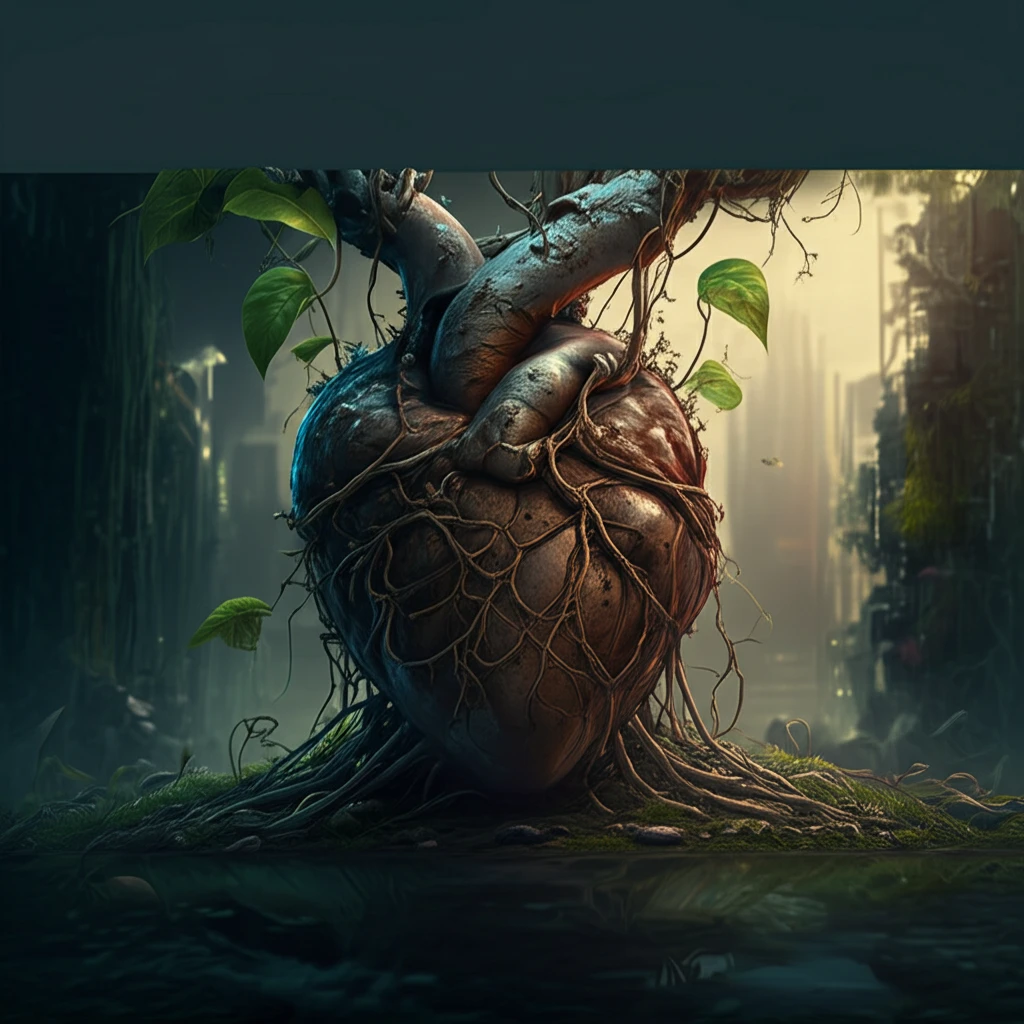
Beyond Rust: Uncovering Hidden Threats with Corrosion Science
"From everyday wear to unseen electrochemical vulnerabilities: a guide to modern corrosion, why it matters, and how innovative techniques are fighting back."
Corrosion: the silent destroyer. When most people think of corrosion, the image that springs to mind is often one of rust on an old car or a weathered metal structure. However, corrosion is a far more pervasive and complex phenomenon, touching almost every aspect of our lives from the mundane to the technologically advanced. It's not just about aesthetics; it's about safety, efficiency, and sustainability.
In its simplest form, corrosion is the degradation of materials, typically metals, through chemical reactions with their environment. This can range from simple oxidation (rusting of iron) to more complex electrochemical processes. The consequences are enormous. Industries spend billions annually combating corrosion-related failures, from pipeline leaks to infrastructure collapses. But beyond the economic toll, corrosion poses significant risks to public safety and environmental integrity.
This article isn't just a technical breakdown; it's a user-friendly exploration of the hidden world of corrosion, focusing on recent advances and practical implications. We'll delve into how corrosion affects various materials, the innovative techniques being developed to monitor and prevent it, and why understanding this silent threat is crucial for a sustainable future.
The Many Faces of Corrosion: From Steel to Semiconductors

Corrosion manifests in diverse forms, each posing unique challenges across different industries. Consider steel, a ubiquitous construction material. While its strength is undeniable, steel is susceptible to various forms of corrosion, especially in harsh environments. Recent patents highlight efforts to enhance steel's resistance, such as specialized coatings and alloys designed for specific applications, like food-grade stainless steel cookware.
- Corrosion costs the U.S. economy over $1 trillion per year.
- Approximately 40% of corrosion costs could be avoided with optimal corrosion management practices.
- Corrosion is responsible for many structural failures, including bridge collapses and pipeline ruptures.
- Advanced coatings and materials can extend the lifespan of infrastructure by decades.
Looking Ahead: A Future Free From Corrosion's Grip
The fight against corrosion is an ongoing battle, but advances in materials science, monitoring techniques, and preventative measures offer hope for a more durable and sustainable future. By understanding the multifaceted nature of corrosion and investing in innovative solutions, we can mitigate its impact on our infrastructure, technologies, and environment. From the steels in our buildings to the fuel cells powering our vehicles, corrosion science is critical for ensuring the longevity and reliability of the world around us. It’s not just about fixing what’s broken; it’s about building a future that lasts.
